UX of birdsong
Brief: Design a way that enables people to experience and interact with birdsong more profoundly.
Research Methods: digital soundwalking and physical prototyping.
Team Member: Harry Solomons, Ruoxi Song, QiBin, Jolin Ma, Slavi Kaloferov.
Time Frame: Nov.10- Nov.24
Research Methods: digital soundwalking and physical prototyping.
Team Member: Harry Solomons, Ruoxi Song, QiBin, Jolin Ma, Slavi Kaloferov.
Time Frame: Nov.10- Nov.24
To start this brief, we did some desktop research at the beginning. We found research from the linguistic perspectives, unlike human languages, bird languages has no grammars, and they highly rely on the orders and the structures of sound. Different pitch and tones represent different meanings.
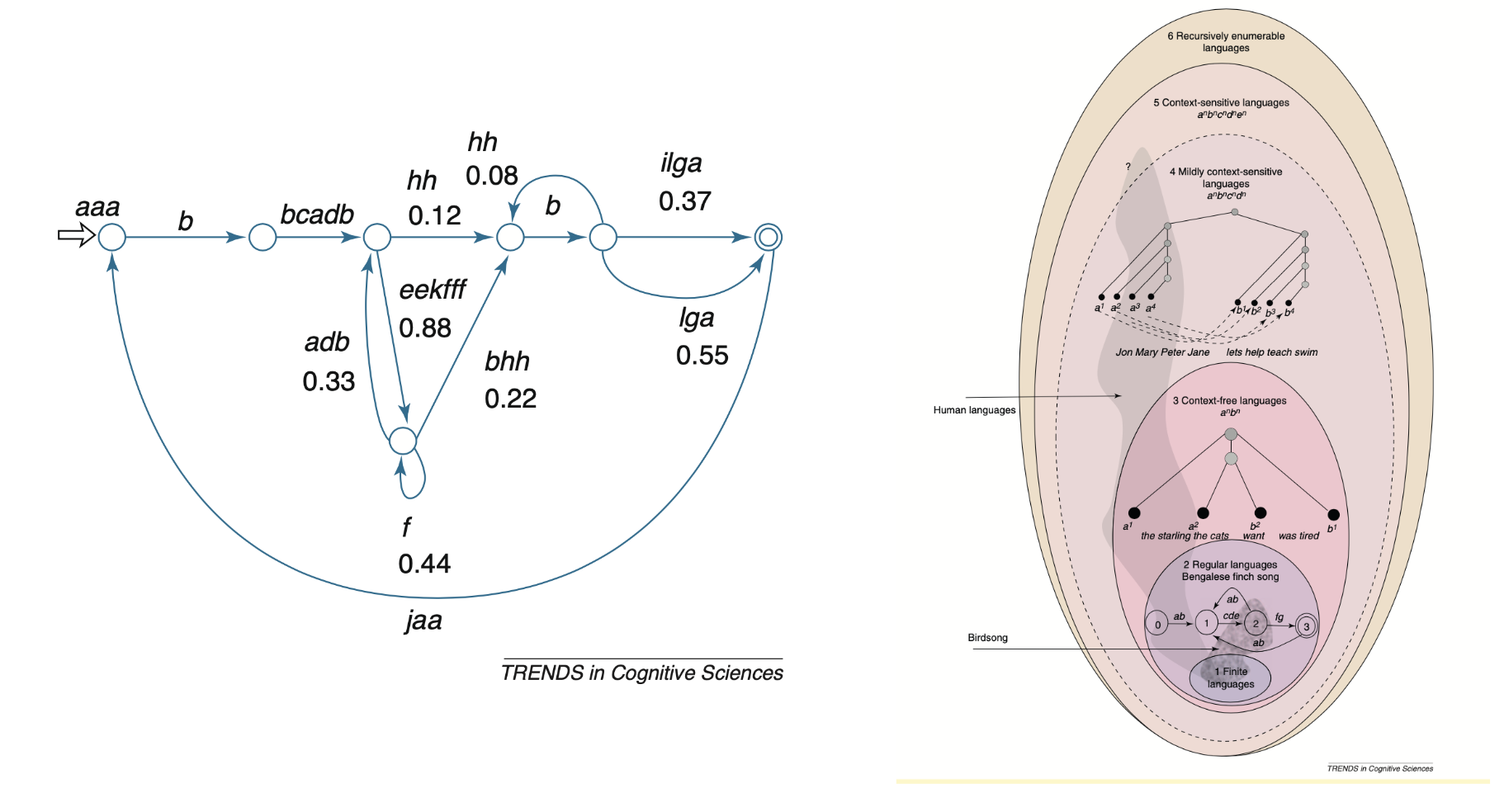
After the desktop research, we realized that in the urban city, we can’t hear birdsong very often or we didn’t notice that there’s birdsongs around us. To explore birdsongs ourselves, we decided to use the research method, digital sound walking. We also borrowed recording devices in which to record birdsongs ourselves and it would be helpful for us to analyze.

Each of us went to different places to sound walking and field recording. Harry went to Limehouse Basin for soundwalk, and Minsmere Nature Reserve around his parents house in countryside for the recordings. Jolin did it around her flats, and inside of her room. Slavi did it in the neighborhood around Brixton Hill. Bin went to Burgess Park and I went to Royal Botanic Gardens of Kew.

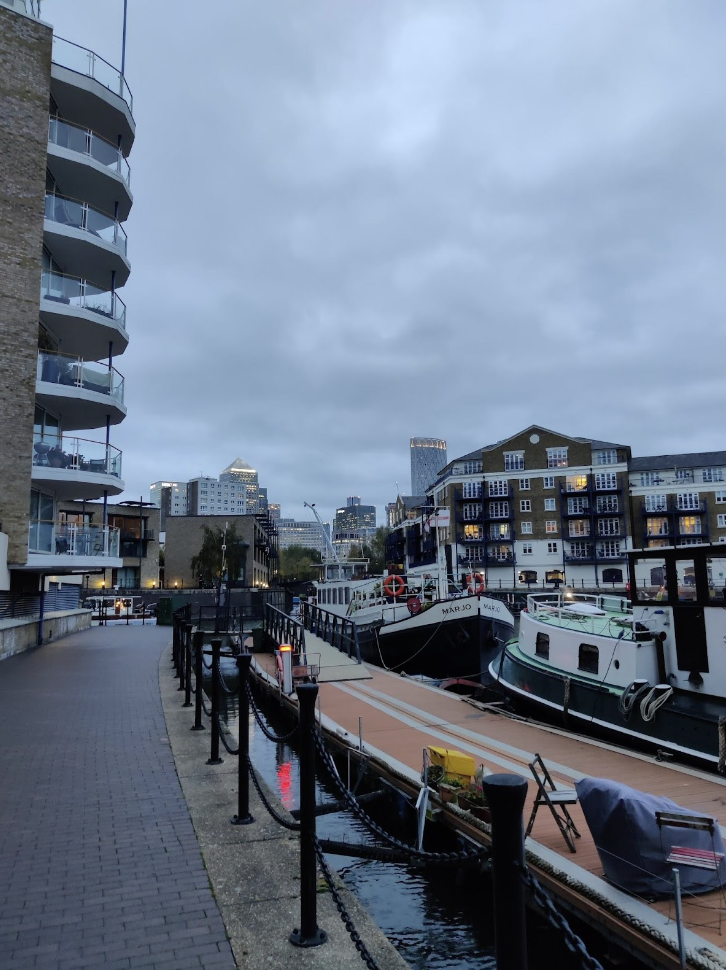


Findings and analysis:
1. Surprised that you can hear that much bird sounds when you are only listening.
2. Birdsongs in urban areas be seen as background noise - Birdsongs have high pitch, somehow forms harmonious along with the city and the whole landscape
3. We can hear more details and birdsongs from listening the recordings we did compare with what we can listen in the park.
4. Birds are around but we cannot see them most of the times - hidden affordances.
5. It’s hard to locate which bird is making sound and where it is.
6. It’s a lot of repeated sound when we analyzed the recordings - patterns.
2. Birdsongs in urban areas be seen as background noise - Birdsongs have high pitch, somehow forms harmonious along with the city and the whole landscape
3. We can hear more details and birdsongs from listening the recordings we did compare with what we can listen in the park.
4. Birds are around but we cannot see them most of the times - hidden affordances.
5. It’s hard to locate which bird is making sound and where it is.
6. It’s a lot of repeated sound when we analyzed the recordings - patterns.
After this research method, we also tried to do physical prototyping in which to understand how sound can make changes on things.


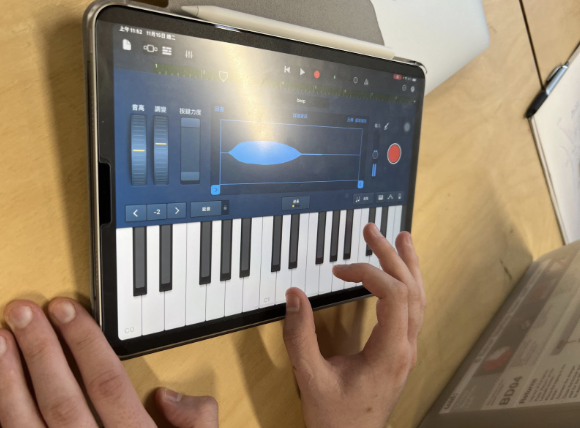
We made a soundpiece according to the materials we have and the bird samplings.
We also tried to manually play specific bird sound when someone is doing some activities and see how happy she was. We chose to play sound on someone is walking, tried to match the pace of walking. This is also related to the repeated sound patterns we found in pretty research.
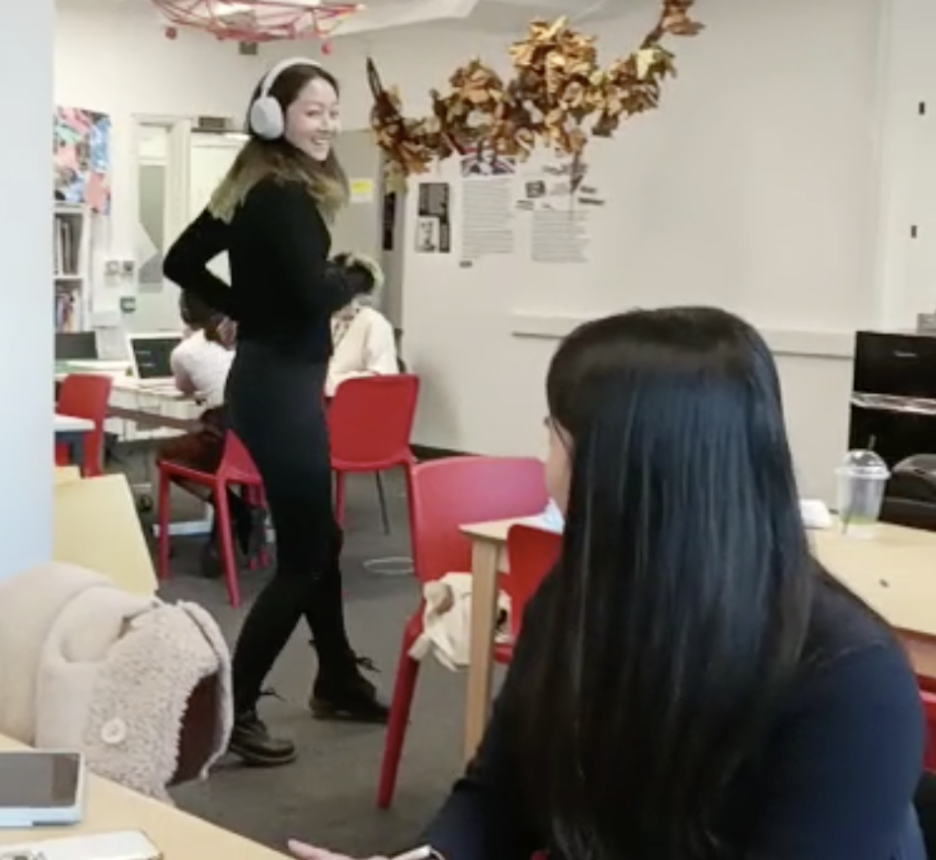
We felt a strong emotion when these bird sound played in certain pattern and can interact with the surrounding environment and people in urban spaces.
We found another thing that’s interesting is when we are in closed space, it’s impossible to hear birdsongs. We feel lost connections with nature in a sense. Thinking about in real life, we do a lot of texting each other and hear all kinds of notification sound.
So, we came up ideas bringing natural sound to our daily digital life and specific to notification sounds. Overall concept is natural sound play in unnatural environment extend our experience of connecting to the remote.
We also think about the narratives and scenarios of the whole setup, the most busy and closed space we can think of is inside of tube.
We also think about the narratives and scenarios of the whole setup, the most busy and closed space we can think of is inside of tube.
For the background sound, we composed of birdsong recordings, the tube sound, and some ambient synthesizers. We also tried to tune them to make it sound harmoniously.
Presentation:

Each of us set our text notifications sound to the birdsong recordings we made and we put our phone numbers on the screen so that everyone in the class can join and participate. We placed 5 chairs to what’s like inside of the tube, and facing each others.
Feedbacks:
1. Maybe not the tube, find other places
2. AI bot sending messages
3. No services inside of tube
4. Maybe add visual effect
5. More contrast sound other than tube
6. Add other sound when people passing
7. Different emotion triggered from different people
Updates 27/11
After the feedback, we want to explore deeper on our concept. Instead of focusing on bringing natural sounds to unnatural environments, we want to shift our lens to the network of communication. Also, we want to place our scenario to other locations than tube.
We found that Bruno Latour's Actor Network Theory is interesting. In short, it talks about:
We found that Bruno Latour's Actor Network Theory is interesting. In short, it talks about:
- Every part of the network is of equal importance
- The connection between all the parts should be examined
- Technology fosters new form of connections

Communication networks as ecosystems
By enhancing the contrast, we aim to amplify the abstract non-human part of the communication network.


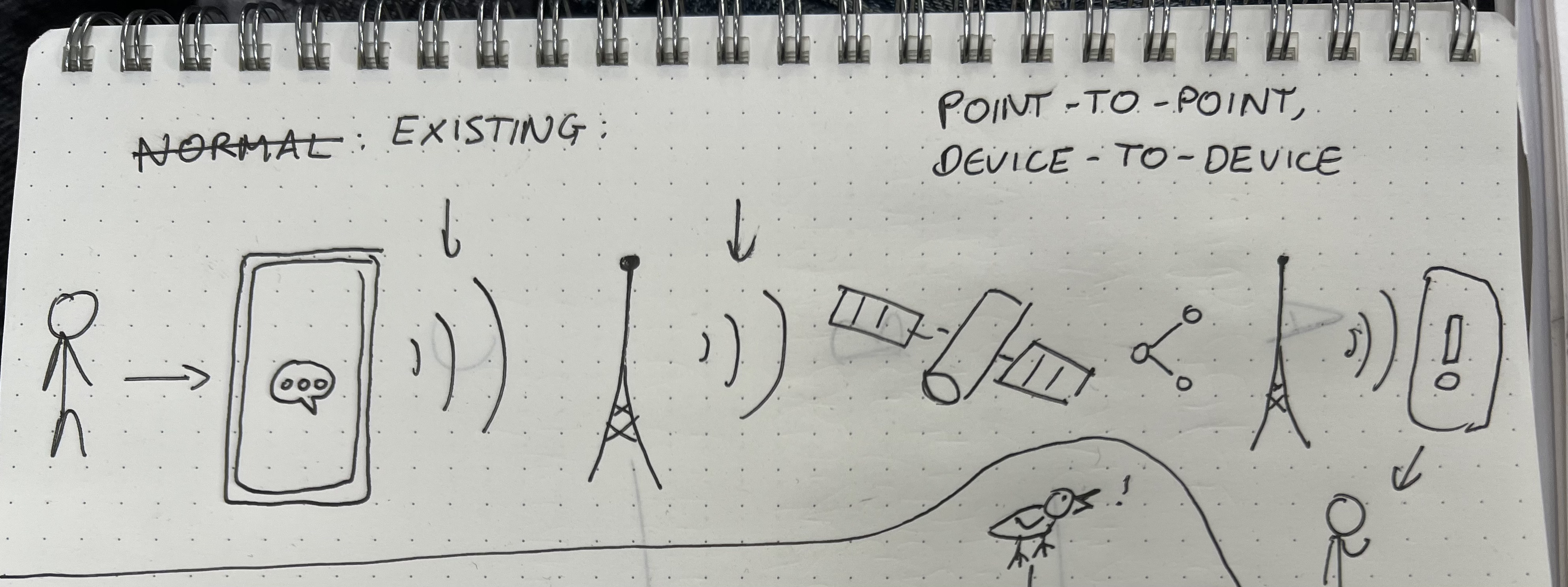
We also went to do a field research in Mercato, we observed how information transfered there and experiment how birdsong might be incorporated during transmitting messages.
We realized that they used food buzzer to notifying customers when their food is ready.
We realized that they used food buzzer to notifying customers when their food is ready.


We got inspired of thinking connect birdsongs to the food buzzer. We designed an experience trying to imitate the situation of ordering/picking up food in Mercato by using birdsongs.

It was working fine when we tested out our idea in the classroom, but we felt the cafeteria/canteen narrative is not too suitable for our concept in the classroom. We focused more on the efficiency of how the messages transmitted. However, our main point is the experience of transmitting messages rather than the practical solutions of it.

So we even further analyzed our findings of the food buzzer and the canteen scenario.
- buzzer in the canteen is not an urgent sound
- human crowd
- transmit binary and simple information
Based on the analysis of the findings, we came up with our idea which is a a participatory broadcasting experience. We encourage everyone to participate to achieve our decentralised broadcast of alarm. Our goal is turning broadcasting activity from centralized behavior into a collaborative activity.



We had a creative and ambitious idea about how our final presentation would be. Usually we have five minutes to present, and our tutor will set up alarms for the timer. What we want to achieve is to use birdsong as an alarm sound, and the whole class will play the sound when there’s one birdsong playing. It’s like a sound wave from far away and gradually get to close to us, and then we would know how far from our five minutes.
Final presentation:

We have set up playing sound A in half two minutes and playing sound B in five minutes. We also sent these two sounds to our classmates, and instructed them playing the sound A when they heard them and same as sound B.
Unfortunately, it’s not going to the way we expected. People were not playing the sound when they heard birdsongs, this might caused by the reason either that they are focused on our presentation and forgot about the participation or we didn’t instruct clear on what we want them to do.
Feedback:
- Class not understand
- Ambitious on concept but simplifying on the design
- Experience is less
- Need physical prototypes
- Hard to let everyone participate
Reflection:
Our ideas are too complex, it’s quite hard to build something and demonstrates them in two weeks. However, we are glad we explore this brief from this direction. From perspective of birdsong to the larger communication network theory, we understand more about the connections of natural behaviors and human activities and the contribution from each side.